Elephants are beautiful creatures to observe in the wild. 12 August has been designated World Elephant Day as part of efforts to raise awareness of the alarming decline of the world’s elephant populations.
The number of African elephants has plummeted from around five million in 1900 to approximately 450,000 in 2017. From 1989 to 2017 the population dropped by around 170,000.
The population of Asian elephants is estimated at between 30,000 and 50,000 — less than half of the number that walked the planet a century ago.
Those numbers are indicative of human encroachment into once wild territory and broader environmental issues.

20,000 fewer elephants each year
“The world is losing 20,000 elephants a year — that’s one every 25 minutes. We can’t all head off to Africa to work with the rangers and wardens to protect them. We can’t all set up camp in the markets of the Far East and work to persuade people to stop buying ivory. But we can put our own house in order. Putting a commercial value on ivory and perpetuating a legal market allows the unscrupulous, the crooked and the criminal to launder modern ivory masquerading as ‘antiques’. That is why Born Free supports the British government’s proposed domestic ivory trade ban which will put an end to that, help safeguard living elephants, and send a strong and clear message to one and all – ivory belongs to the elephants,” commented Will Travers OBE, co-founder and president of the Born Free Foundation.
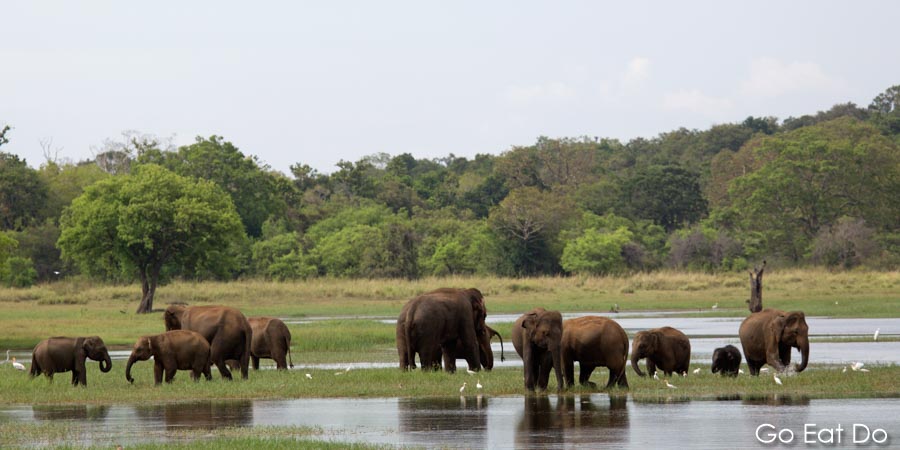
E is for elephant
“When you open a children’s first reading book, almost without exception you will find that ‘E’ is for elephant. If we do not take action today then there is a real possibility that future generations will read ‘E’ is for extinction. Born Free has been fighting the ivory trade for nearly 30 years,” said Virginia McKenna OBE, co-founder and trustee of the Born Free Foundation.
“Elephants are the ‘gardeners of the forest’. They open up dense undergrowth for other species, they disperse and help germinate the seeds of forest plants, maintaining and improving the ‘lungs of the planet’. Protecting elephants means protecting the habitats they rely upon which means safeguarding the homes of tens of thousands of other species – and our fragile earth, on which we all depend,” explains McKenna.
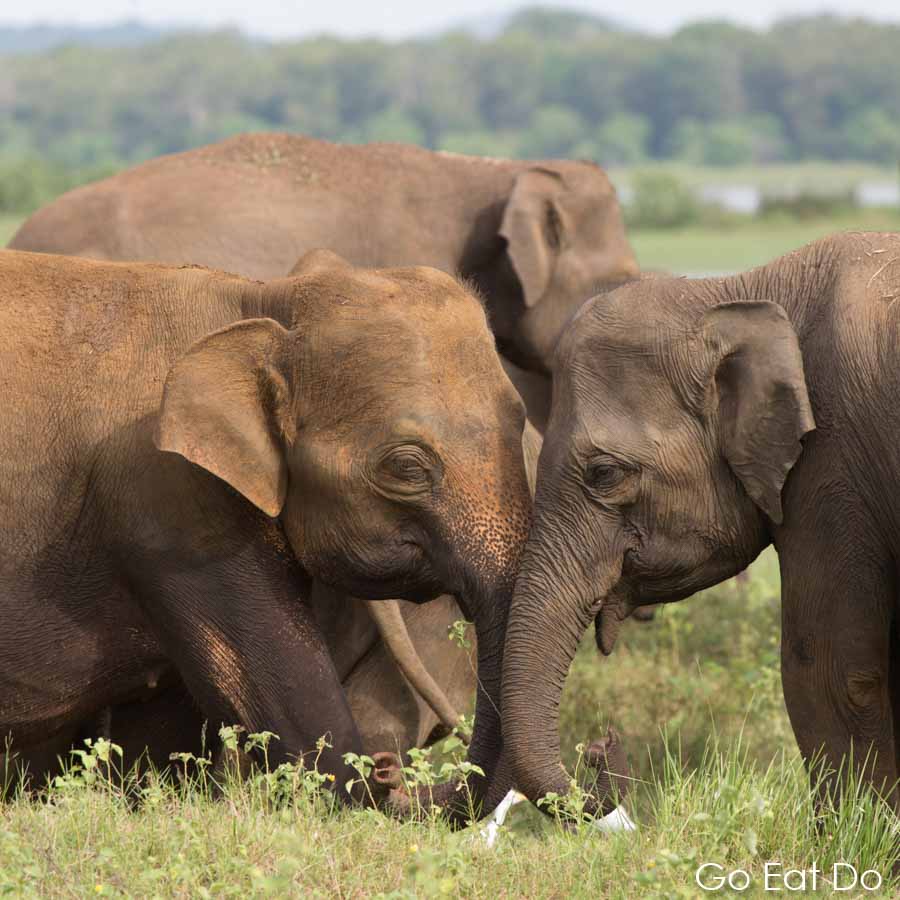
World elephant population
Part of the reason for the marked decline in elephant numbers is a human-animal conflict which is a by-product of rapid human population growth.
As the number of humans in the world grows people encroach onto land that traditionally provided elephants with habitat. Houses are built in villages and urban areas, blocking migration routes. When elephants reappear then people do what they can to chase off the animals and protect their homes. Having lived for five years in southern India I’ve seen houses that have been destroyed by rampaging elephants and met villagers who have had relatives killed by elephants.
Inevitably, land comes under cultivation in places where elephants have long foraged for food. Some farmers will set off firecrackers or use more deadly means to protect their crops.
I’ve seen how elephant herds following long-established migration routes can disrupt traffic on the likes of National Highway 766, the road that cuts through Bandipur National Park. The increase in traffic in recent years is another facet of the conflict between elephants and humans.
I’ve talked to naturalists and rangers about the complexities of the issue, for which there are, frankly, no easy solutions.
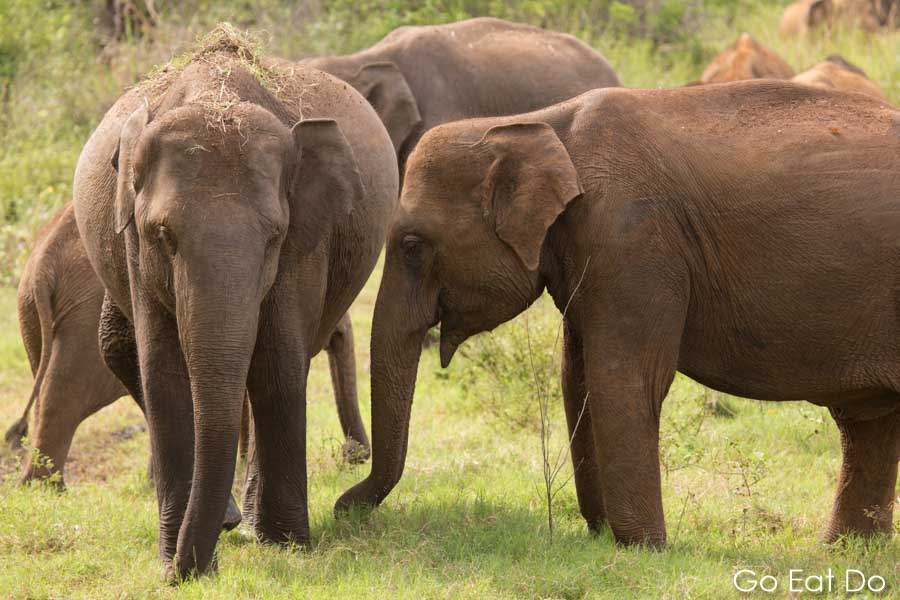
Trophy hunting elephants
Several countries still permit the trophy hunting of elephants. I’ve heard the argument that the revenue raised through hunting can be ploughed back into the management of the environment in which elephants roam. Yet surely there are more palatable ways of encouraging investment?
The impact of trophy hunters on the world’s elephant population is small compared to the number of animals killed each year by poachers seeking ivory. Nonetheless, I can’t understand how anyone from a developed nation can believe it is acceptable to take the life of an elephant.
Why would anyone want to look at an elephant along the barrel of a gun when they can do the same thing through a camera lens? Surely there must be a similar thrill to tracking the animal during a photography expedition? Doing so means being able to smell the animal, to hear its snorting and flapping of its ears, and observe its behaviour. The resultant ‘trophy’ is an image of the creature in its natural environment.
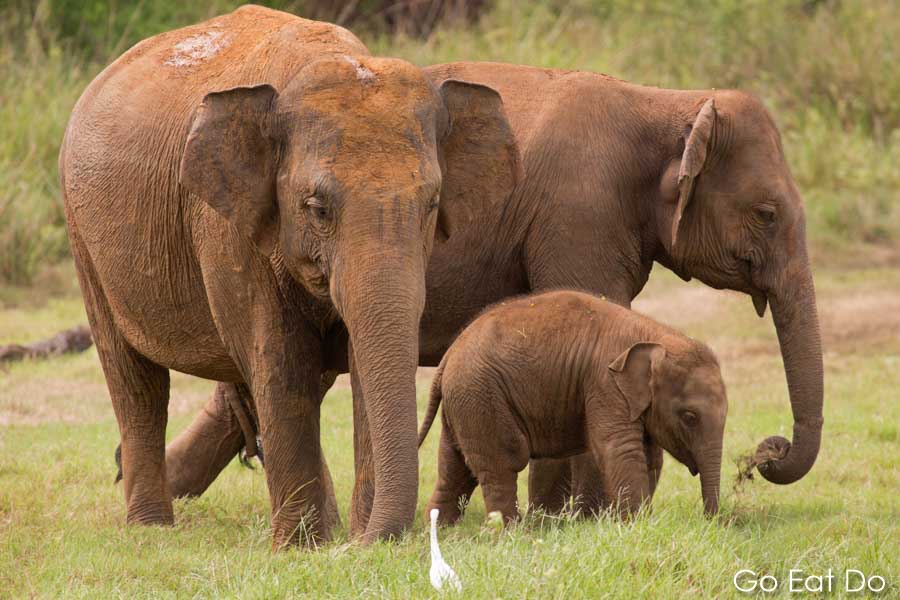
Elephants in Minneriya National Park
Recently in Sri Lanka, I booked a game drive in Minneriya National Park (around £50, including the permit to enter the park), which is regarded as one of the best locations for viewing Asian elephants on the island.
During the dry season, it’s common to see elephants gathering by the reservoir within the national park. Even in the rainy season, I was able to see dozens of elephants grazing by the waterside and drinking from the tank.
Only seven per cent of male elephants in Sri Lanka have tusks. I was told that historic hunting played a role in removing the animals with large tusks from the gene pool. Some of those animals would have been displayed as trophies. Tusks were also offered to temples and sold in the ivory trade.
It was fascinating to watch the elephants interacting from the back of the vehicle. At times I could have reached out from the jeep and touched some of the animals. That surprising proximity offered outstanding opportunities for photos of the animals.
I hope that many more generations of humans will be able to experience the sense of awe and joy that I have felt while watching elephants in the wild, in both Africa and Asia. Hopefully, initiatives such as World Elephant Day will play a role in encouraging regulation of encroachment into their habitat and action against poaching.

Further information
See the World Elephant Day website to find out more about what people around the world can do to help protect elephants.
The Born Free Foundation website has information about African elephants and Asian elephants, plus a page about Elephants in Crisis.
The Wildlife Conservation Society has a page that raises awareness of the number of elephants being killed each day in Africa.
I travelled to Sri Lanka on a tour organised by Indian Odyssey. Photographs illustrating this post are from a jeep tour of Minneriya National Park in Sri Lanka.
Stuart Forster, the author of this post, is an award-winning travel writer from northeast of England. He is available for commissions and can be contacted via this website.
The elephant photographs illustrating this post are by Why Eye Photography, a photography company based in North East England. To license images, buy prints or commission a shoot call 07947 587136 or make contact via the Why Eye Photography website.
If you enjoyed this post why not sign up for the free Go Eat Do newsletter? It’s a hassle-free way of getting links to posts on a monthly basis.
‘Like’ the Go Eat Do Facebook page to see more photos and content.
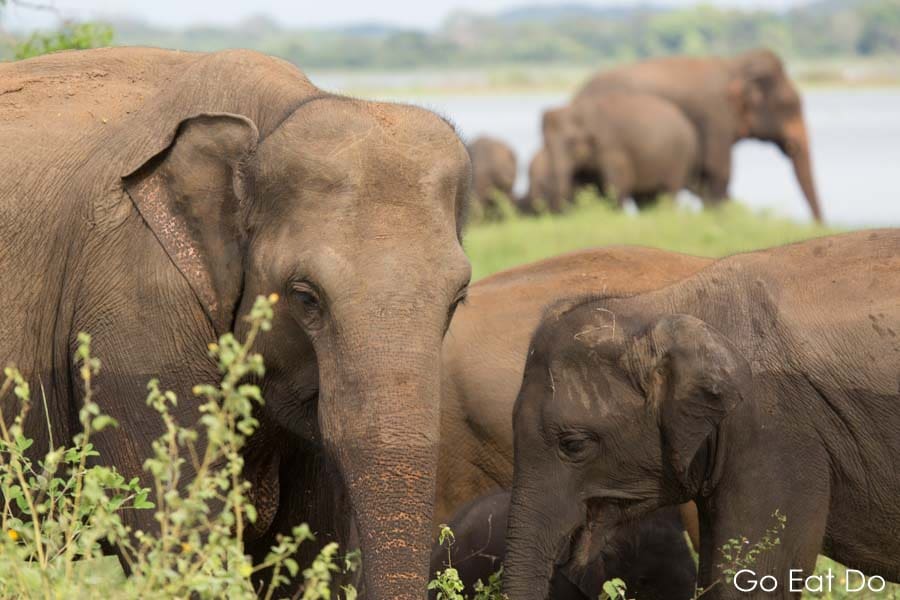



Wilfred Moses
September 13, 2018 at 14:42Elephants are the most wonderful creatures of the world.
So much cuteness overloaded with that much mass.
Stuart Forster
September 25, 2018 at 08:45Elephants are wonderful creatures to observe in the wild. Super cute!
Paul Andrews
May 13, 2019 at 03:45The elephant is suffering from encroachment onto its traditional lands. Action must be taken to protect wildlife.
Stuart Forster
May 16, 2019 at 08:04Thank you for sharing your opinion, Paul